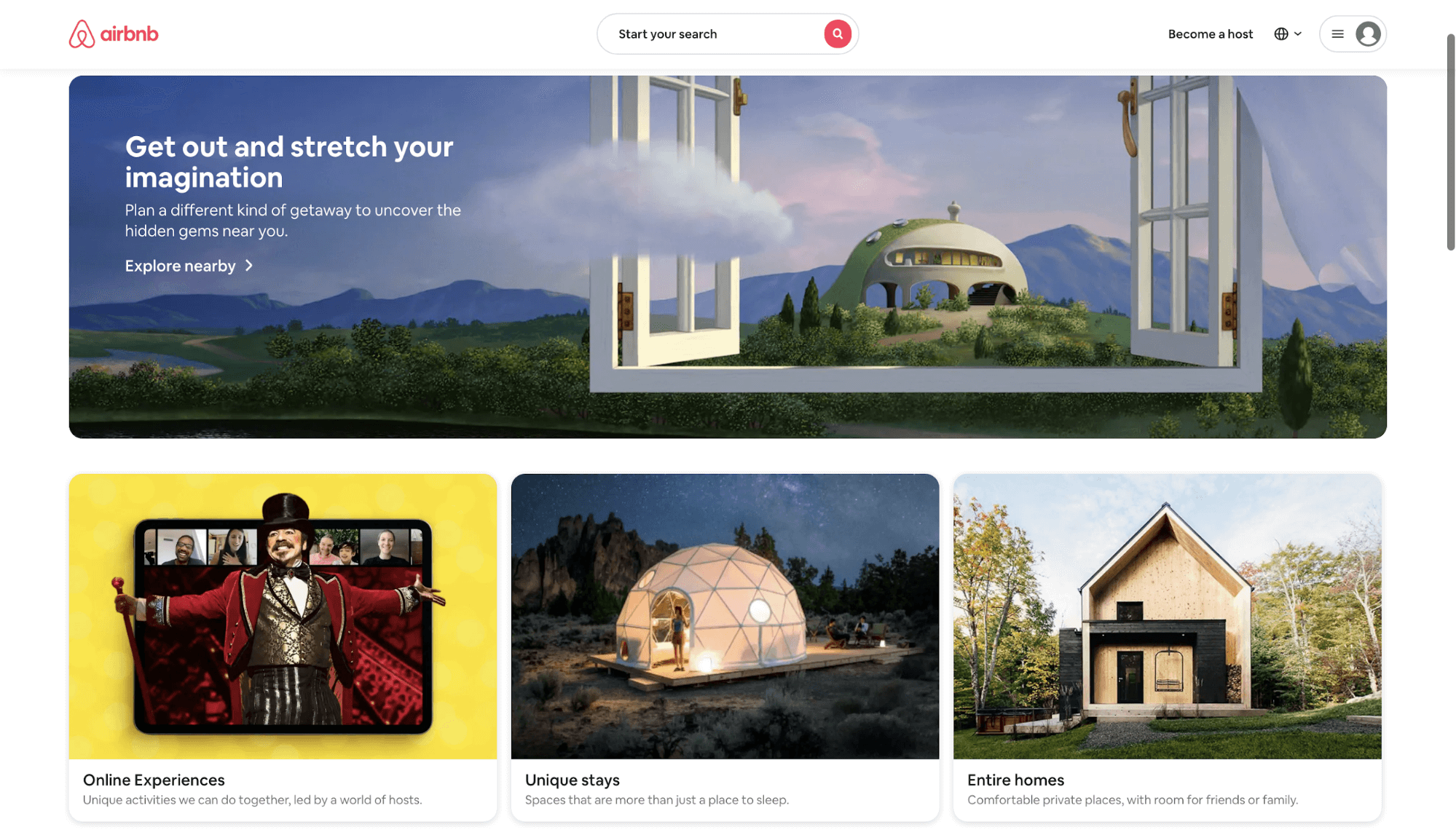During the holidays, hundreds of retailers are vying for consumers’ attention, bombarding them with a myriad of discount sale information. During the peak holiday shopping season, up to 50% of content goes unseen compared to 41% for the rest of the year. It has never been more important for companies to ensure users can easily navigate your promotions. Here are some quick tips and ideas to help optimize travel deals for the upcoming season.
1. Improve text readability
Although images do a great job of elevating content, it can also negatively impact your users' experience, especially if they are being used as clickable blocks and tiles for your deals. Using cluttered images can greatly decrease the readability and legibility of the text that is meant to draw your users’ attention to deals.
Our advice: carefully curate and choose your images so that text is placed on a clean, uncluttered area. Alternatively, allow for each block to hold white space for text. When in doubt, less is more.








